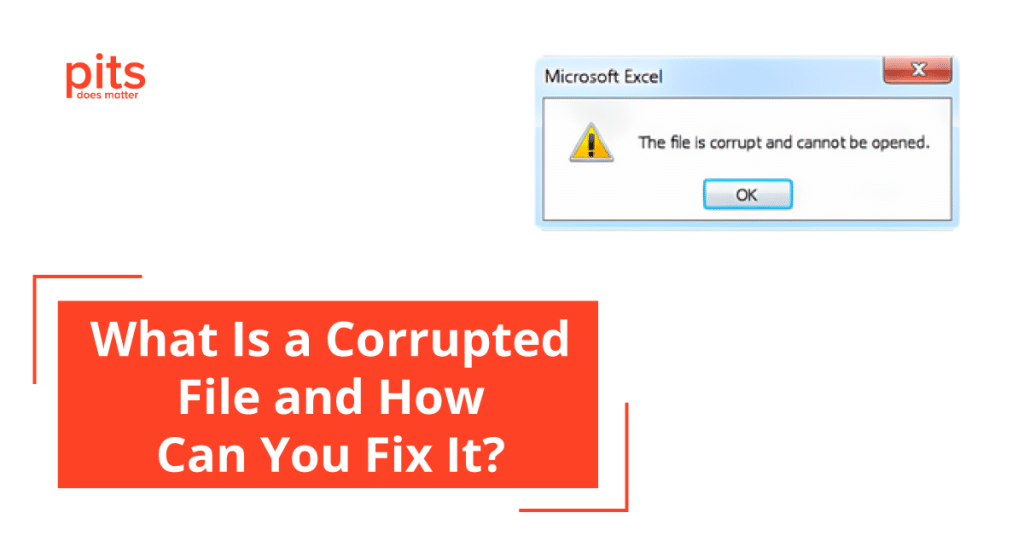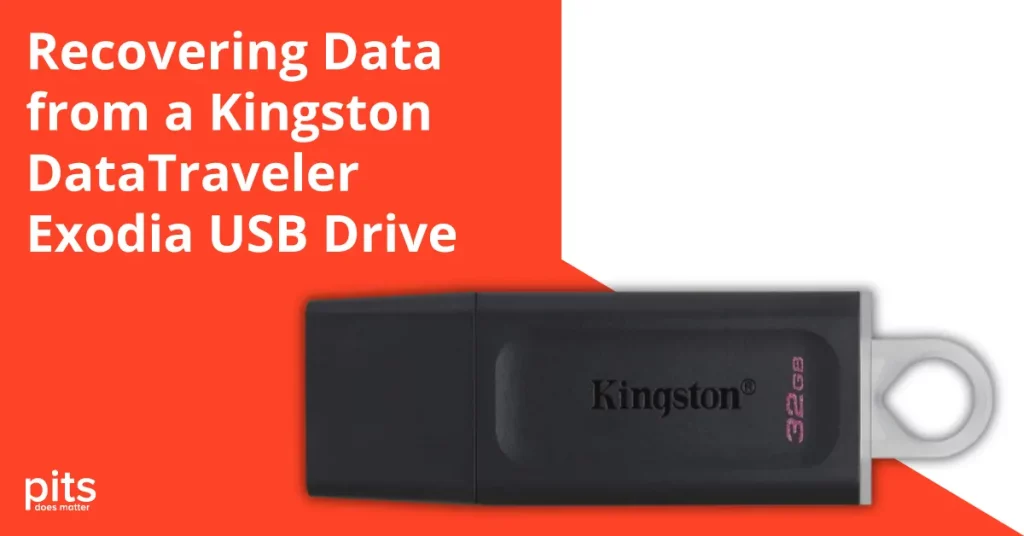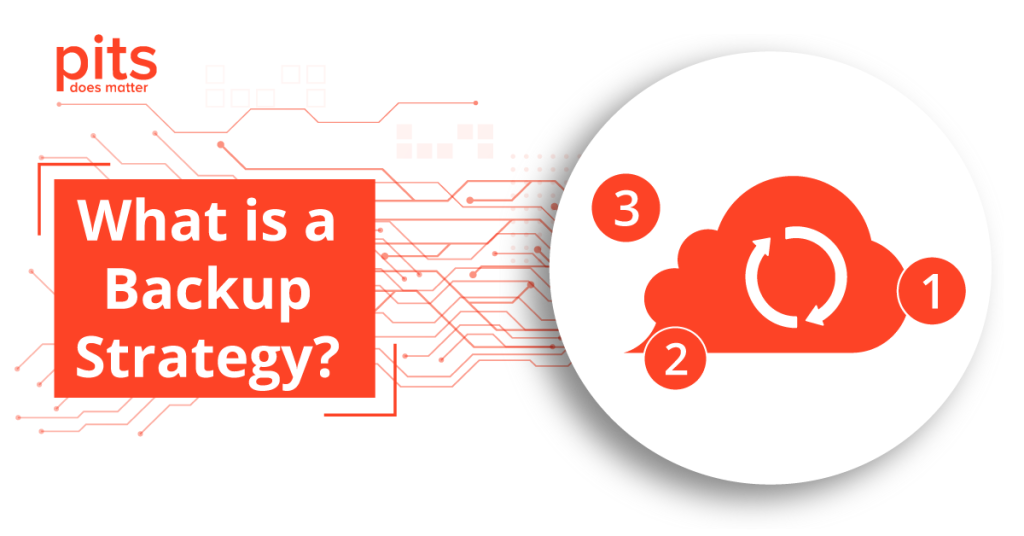Nowadays, data is the foundation of nearly all business and personal activities. When data becomes inaccessible, it can cause significant disruptions and consequences. One of the most common scenarios leading to data loss is file corruption. In this article, we’ll explore the common causes of file corruption, how to prevent it, and what steps to take for recovery.
Common Causes of File Corruption
File corruption can occur due to various factors, often indicating underlying issues with your data storage devices. Below are some of the most common reasons for file corruption:
1. Hard Drive Issues (Bad Sectors)
A bad physical sector error is a frequent issue with HDDs (Hard Disk Drives). Hard drives store data in small sectors, and when one of these sectors becomes physically damaged, data can no longer be written to or read from that area. This results in corrupted files. Bad sectors can be caused by physical damage, such as dropping the drive, overheating, or power surges. Regular monitoring of your drive’s health is essential to prevent and address bad sectors early.
2. Malware and Virus Infections
File corruption can also occur due to malware or viruses. Malicious files may infiltrate your system and slowly spread, infecting other files without being detected. These infections can remain hidden for a long time, making it challenging to identify the problem.
To avoid such issues, it is essential to use anti-malware software and perform regular system scans. Additionally, always be cautious when downloading files from unknown sources and review your documents for suspicious file names or extensions.
3. Interrupted File Transfers
File corruption can happen during an interrupted relocation process. This can be caused by power surges, accidental user intervention, or system crashes. When a file transfer is halted midway, the files being moved may become corrupted.
To prevent this, always ensure that file transfers are completed without interruption. If you must stop the process, use the system’s Cancel button to safely halt the transfer and avoid data corruption.
4. Improper Removal of External Media
When using external media such as flash drives or external hard drives, improper ejection can result in file corruption. If you unplug a device without safely ejecting it first, especially during a file transfer, it can lead to data loss or corruption.
Always use the “Safely Remove Hardware” option before unplugging any external device to ensure the transfer is completed and the device is properly disconnected from the system.
5. Physical Damage Leading to Bad Sectors
Hard drives are vulnerable to physical damage, which can result in bad sectors—areas of the disk that can no longer reliably store data. Common causes of bad sectors include drops, impacts, overheating, and power failures. Once a sector is damaged, any data stored there becomes corrupted and inaccessible. Monitoring your hard drive regularly for early signs of physical wear can help prevent more serious data loss.
What to Do When Facing File Corruption
If you encounter file corruption on your data storage device, it’s important to avoid taking actions that might worsen the situation. Here are some steps to follow:
Try opening the file on another device. Sometimes, the issue may not be with the file itself but with the device or software used to open it.
Avoid using unverified data recovery software found online. While it may be tempting to try free software, these programs can overwrite corrupted files or introduce malware, making recovery more difficult.
Do not attempt to repair the hard drive yourself if you suspect physical damage or internal issues, such as bad sectors. Opening the hard drive in non-specialized environments can cause further damage and render the data completely irretrievable.
Hard Drive and Head Recovery
If you believe the file corruption is due to a hardware issue—such as damage to the hard drive’s read/write heads or PCB (Printed Circuit Board) failure—do not attempt to repair it on your own. The internal components of hard drives are delicate and require specialized equipment and environments to fix. Attempting repairs in an unsanctioned facility can destroy the drive and make the data permanently inaccessible.
How PITS Global Data Recovery Services Can Help
At PITS Global Data Recovery Services, we specialize in recovering data from corrupted files and damaged storage devices. Our team of experienced engineers uses advanced recovery tools and methods to restore files, regardless of the cause of the corruption. We offer data recovery services for hard drives, RAID arrays, flash drives, and other storage devices.
Our Recovery Process:
Evaluation: We begin the recovery process by conducting a thorough evaluation of your device. This helps us identify the root cause of the corruption and estimate the amount of recoverable data.
Custom Recovery Strategy: Based on our findings, we develop a tailored recovery plan to ensure the highest success rate for your data recovery. Our engineers use latest techniques to retrieve your files safely and efficiently.
Data Integrity Verification: After recovering the data, we conduct a comprehensive file verification session to ensure that the files are intact and uncorrupted.
Data Return: Once the recovery process is complete, we return your files on secure, encrypted media to ensure the safety and privacy of your data.
Get Started with PITS Global Data Recovery Services
If you’re facing file corruption or data loss, it’s essential to act quickly and avoid further damage. Contact us by filling out the Request Help, or give us a call to speak with one of our specialists. Let us help you recover your valuable data.
Frequently Asked Questions
What is file corruption and how does it occur?
File corruption happens when data within a file becomes unreadable or inaccessible due to various reasons, such as malware infections, interrupted file transfers, improper removal of external media, bad sectors on a hard drive, or hardware failures. These factors can damage the file structure, making it difficult for the system to read the data.
How do bad sectors on a hard drive lead to file corruption?
Bad sectors are damaged areas on a hard drive that can no longer reliably store data. When files are stored on these bad sectors, the data may become corrupted, making the files unreadable or inaccessible. Causes of bad sectors include physical damage, overheating, or power surges.
Can malware cause file corruption?
Yes, malware or viruses can infect files, slowly spreading and corrupting other data on the system. Malicious files can remain hidden for long periods, making it difficult to detect the problem. Regularly scanning your system with anti-malware software helps prevent this kind of file corruption.
What should I do if I experience file corruption on my device?
The first step is to avoid using unverified data recovery software or attempting to fix the problem yourself, especially if the issue is hardware-related. You can try opening the file on another device, but if that fails, it’s best to seek professional help to avoid further data loss.
Why is it important to safely eject external devices?
Improperly ejecting external devices can interrupt ongoing file transfers, leading to file corruption. Safely ejecting the device ensures all processes are complete before removal, reducing the risk of corrupted files.


